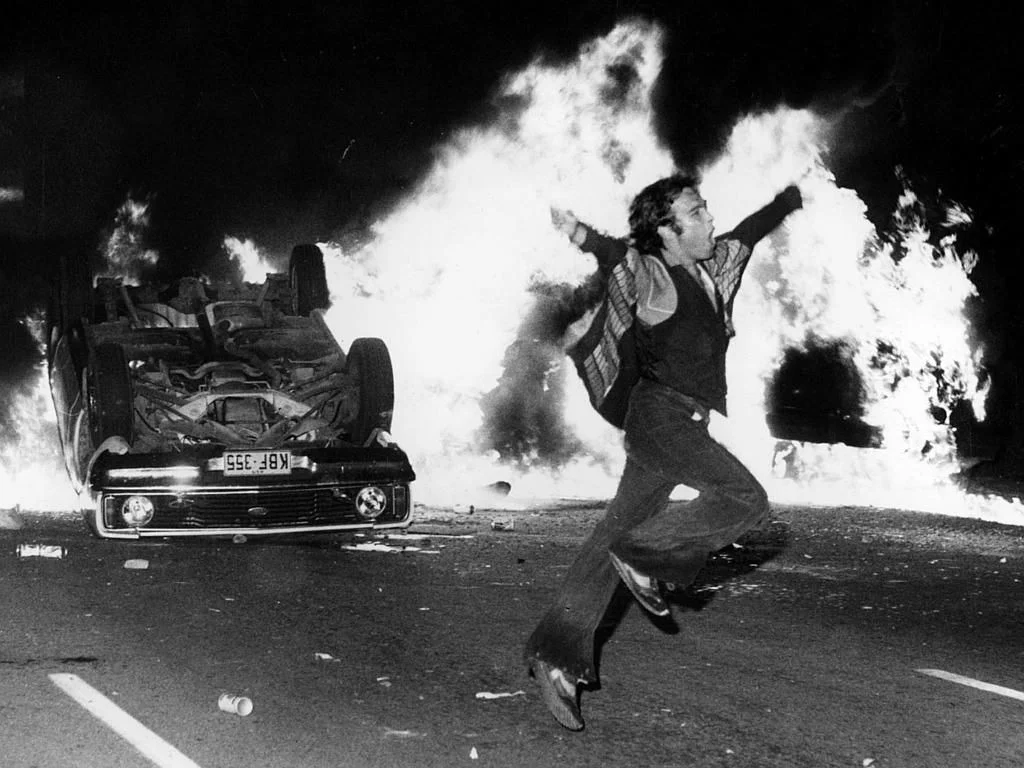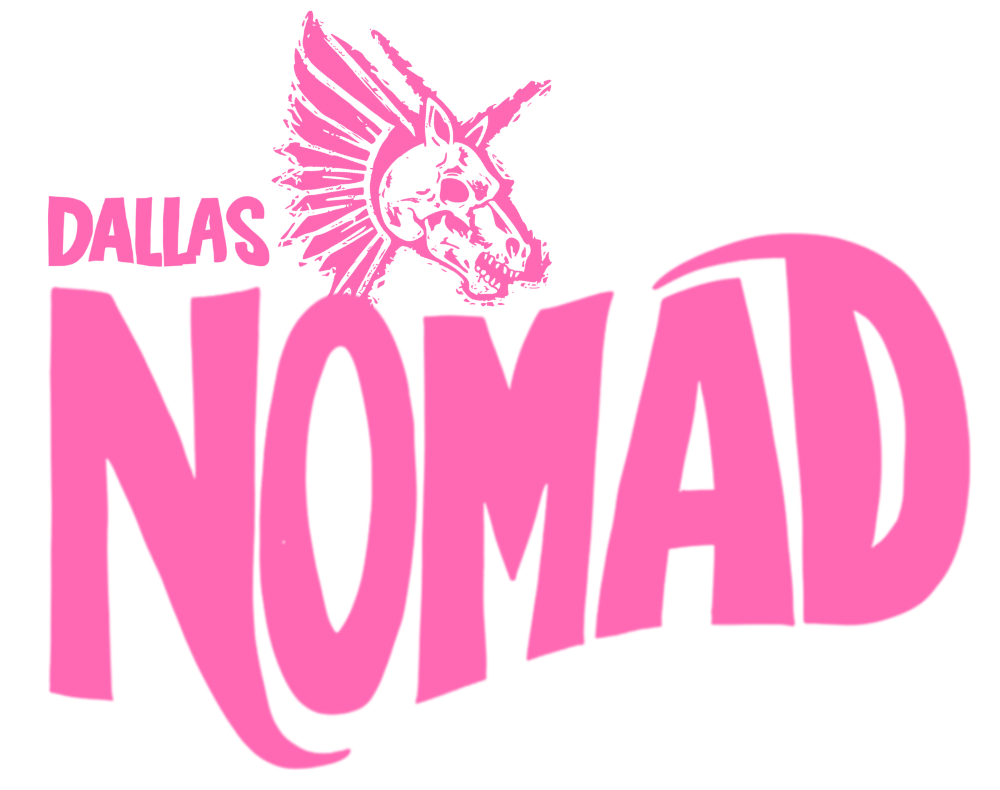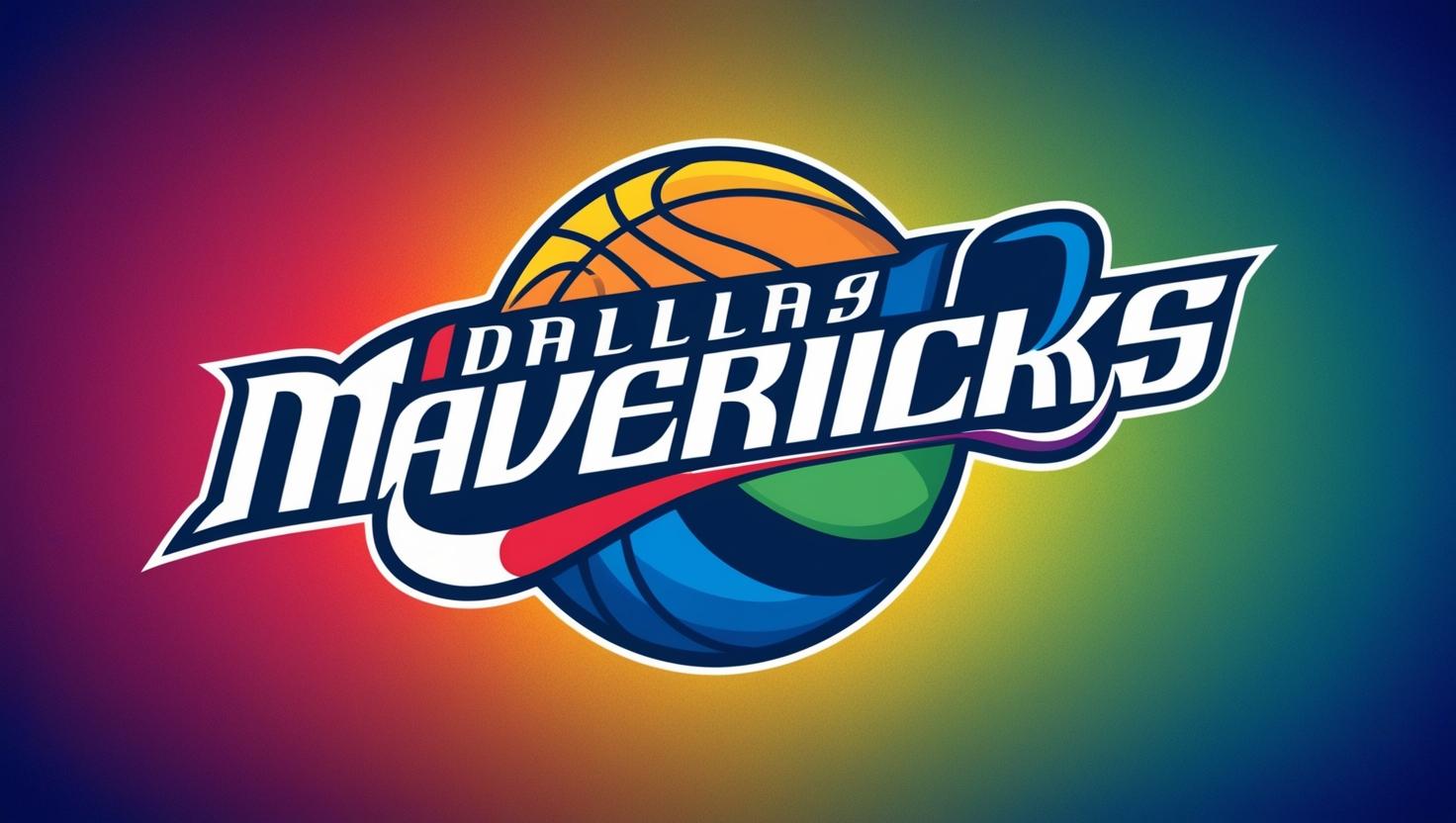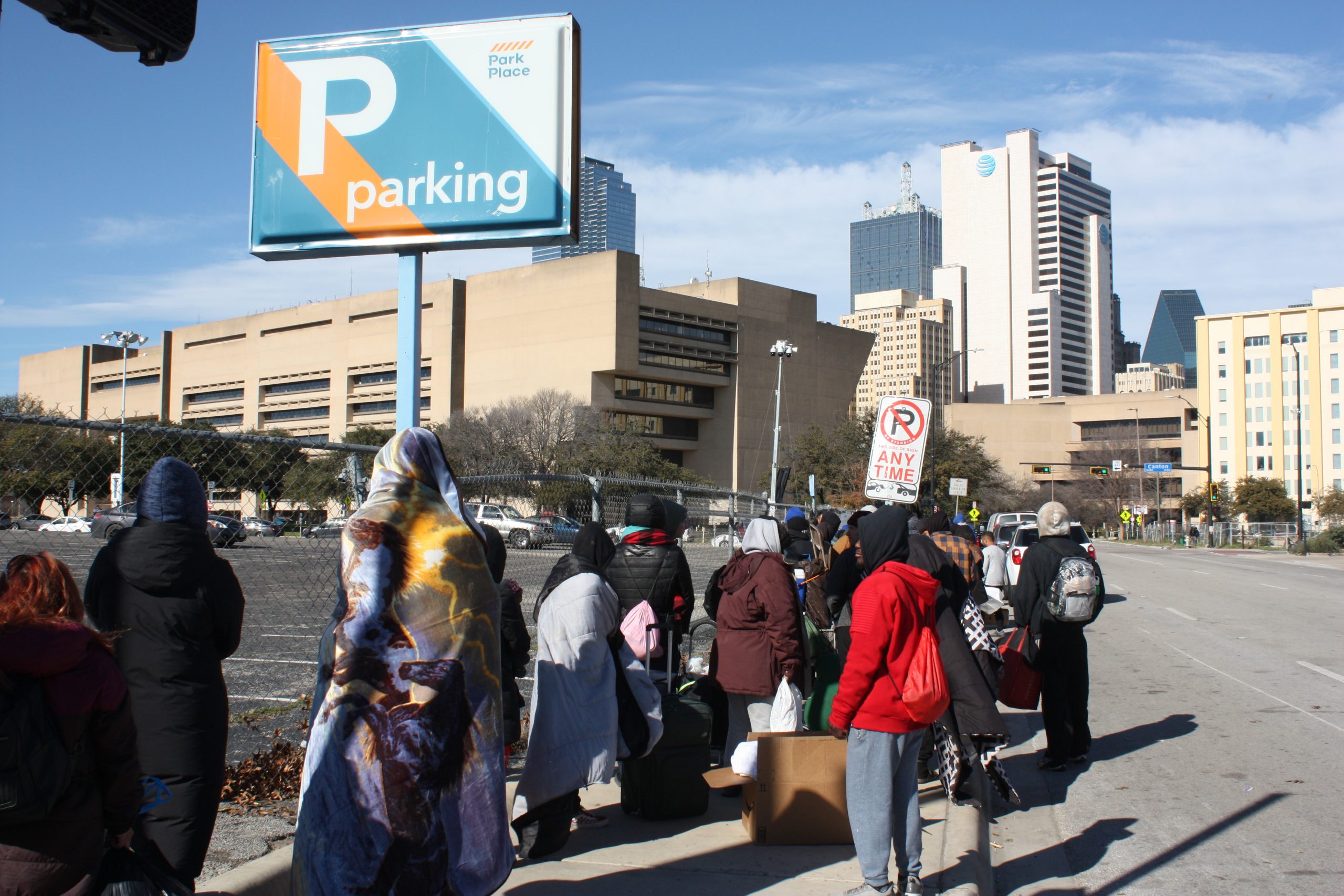Not Gay as in Happy, Queer as in Fuck You: Pride as Unflinching Resistance
As we reflect on Pride’s history, the well-documented and bloody revelation of LGBTQ+ identity in 1960s America betrays liberal

As we reflect on Pride’s history, the well-documented and bloody revelation of LGBTQ+ identity in 1960s America betrays liberal depictions of docility in the modern era.
Today, 56 years ago, the first sporadic rays of unspoiled sunlight hit the asphalt as blood washed down the gutters of Christopher Street in Greenwich Village. Police presence had reportedly died down considerably after the gore of the previous two days, now the on-and-off rain matching the ebb and flow of tension between law enforcement and protesters. The Stonewall Uprising was starting to come to a close.
The result of a rising tension building to a fever pitch as anti-gay hate gripped the United States, the initial riot was spurred by a rejection of stigma and dehumanization (and therefore an affirmation of identity and humanity.) Following a police raid of Stonewall Inn, rocks and chunks of concrete were lobbed and shattered the windshields of police cruisers. Billy clubs cracked skulls. Painted fingernails embellished hands nursing busted knuckles and broken fingers. Protesters laughed in the release of indignant rage among burning cop cars as they bashed windows with bar stools amidst the chaos. “The word is out. Christopher Street shall be liberated. The fags have had it with oppression,” one protester remarked.
Paternalistic, older gay folk of the area disapproved of the violence and viewed the revolt as harmful to the movement. Criticizing the drag queens and trans gals brandishing scrap against the cops and squaring up in the streets. When local publication The Village Voice painted the riot in a bad light, the mob threatened to burn down the offices and the crowd of up to 1,000 subsequently entered another brawl with the cops. Five were arrested, countless were brutalized.
Of course, the riot did not run wild without evading pacification/patronization internally. Gay rights groups like Mattachine pleaded with rioters to remain peaceful in the face of violent suppression from police. As the group played a role correspondingly held by the NAACP and LULAC in their own respective movements, they similarly attempted to ensure gay advocacy remained civil and non-violent. And despite their failure, other liberal gay rights groups picked up where they left off in the coming decades.
But despite this, countless riots since Stonewall have exhibited the queer community’s capability to harness violent resistance against oppression. From the White Night Riots of 1979 to the Charlotte Pride Riot of 2005. Obama-era depictions of the gay community are passive, silly, and docile by comparison.
Of course, insurgency against repression of the LGBTQ+ community is only as fierce as hate groups and individuals mobilizing against it. The widespread and untraceable anti-gay lynchings across U.S. history notwithstanding, groups from the Ku Klux Klan to Operation Save America have each carried out its own anti-gay campaigns, conformed to an agenda that is as white supremacist as it is homophobic. Anita Bryant’s championship of discrimination and disapproval of homosexual lifestyles acts as an inspiration to white women conservative pundits for generations on.
As Black trans figures of the movement (Marsha P. Johnson, Miss Major Griffin-Gracy, Lucy Hicks Anderson, Sir Lady Java, etc.) have been at the forefront, clarifying the inseparability of race/gender/sexuality; and thus, their inseparability from resistance and struggle within white supremacy.
Texas had seen its own “Stonewalls” across the state during the 1970s. Dallas’ Village Station Police Raid of 1979 resulted in a riot after the mass arrests of patrons for doing the dance, the Bunny Hop. Of course, Village Station had seen a great deal of harassment and violence for its entire time at the intersection of Cedar Springs and Throckmorton. The drag performances and fan dancers of the legendary gay bar were widely loved and the establishment was even once referred to as the hottest bar in Dallas, its fame ringing in dissonance among the shrieks of arson attacks and police busts.
Protesters gathered at Houston’s The Depository II before marching in protest of Anita Bryant’s arrival in town. Supported by high-profile advocates like Jane Fonda, Norman Lear, Rob Reiner, and Ed Asner, the march was driven by a fire fed by a relentless routine of police abuse suffered by drag performers at the establishment. The event saw its 48th anniversary on June 14.
As corporations offer discounts and promotions centered around Pride, selling rainbow-themed merchandise and making public statements emphasizing equality, its meaning is obscured by way of a more palatable form of resistance, if not well-natured self-acknowledgement.
Birth is a bloody, messy, painful struggle. Within the context of Pride, revolutions brew internally to eventually combust. A constant cycle of emergence, the righteous fury of the movement remains within reach. It simply waits to be reborn.





